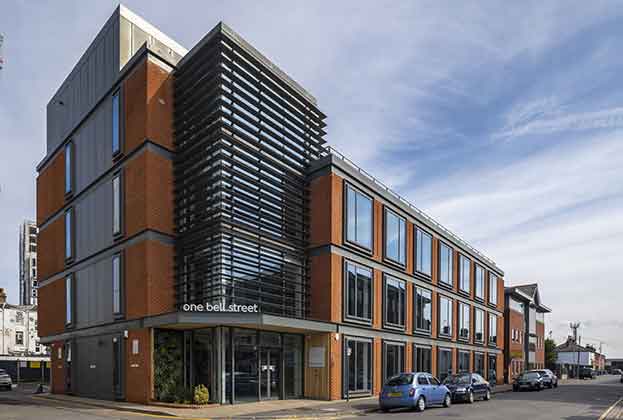Official stats released by the ONS have revealed that UK GDP dropped by 9.9 per cent in 2020, the biggest decline in 300 years, although fortunately we have avoided a double dip recession thanks to a rise in consumer spending in the final month of the year.
This again raises the spectre of how the current situation compares with the global financial crisis (GFC) in 2008 and what the recovery is likely to look like based on that experience, particularly in London’s occupational markets.
Looking at the data, take-up in both the City and West End in 2020 was in fact worse than in the years following the GFC. The good news, however, is that as the fundamental cause of today’s recession is more an ‘act of God’ than structural failings in the financial systems themselves, occupier activity should recover much faster than it did after 2009.
In fact, in terms of a more comparable set of circumstances, the current situation in London is much more akin to the collapse in occupational demand and rise in vacant supply seen after the dot.com bubble burst in 2000-2003 than to the GFC. As then, 2020 saw a sudden rise in the volume of sub-let office space hitting the market: between March and December 2020 it rose from approximately 3 million sq ft to over 6 million sq ft (compared with a peak of 11 million sq ft of tenant-controlled supply in 2003). Approximately half of this space is available for a term of less than five years, and nearly 70 per cent is in unit sizes of less than 10,000 sq ft. Given these characteristics are not in high demand, I expect that little of this sub-let space will let and most will be quietly withdrawn from the market when the economy starts to improve.
In 2000-2003, as now, the rise in sub-letting has caused a divergence between the performance of prime and secondary space leading to a two-tier market. City and West End prime rents held firm over 2020, with City rents actually ending the year marginally higher than they had at the start, as the under-supply of Grade A space kept rents stable. Grade B rents on the other hand fell by around 20 per cent over 2020.
I foresee this trend will continue, with the shortage of prime office space combining with lower than expected levels of development completions over the next three years. Second hand supply will continue to rise this year, putting further downward pressure on Grade B rents.
Thereafter, the structural issue of a lack of Grade A space will reassert itself once the economy bounces back, ensuring the experience is more akin to the dot.com crisis – a short, sharp shock – rather than the long drawn-out experience of the GFC.
Further information
Read more Spotlight: European Office Outlook
.jpg)




.jpg)

.jpg)
.jpg)

(1).jpg)